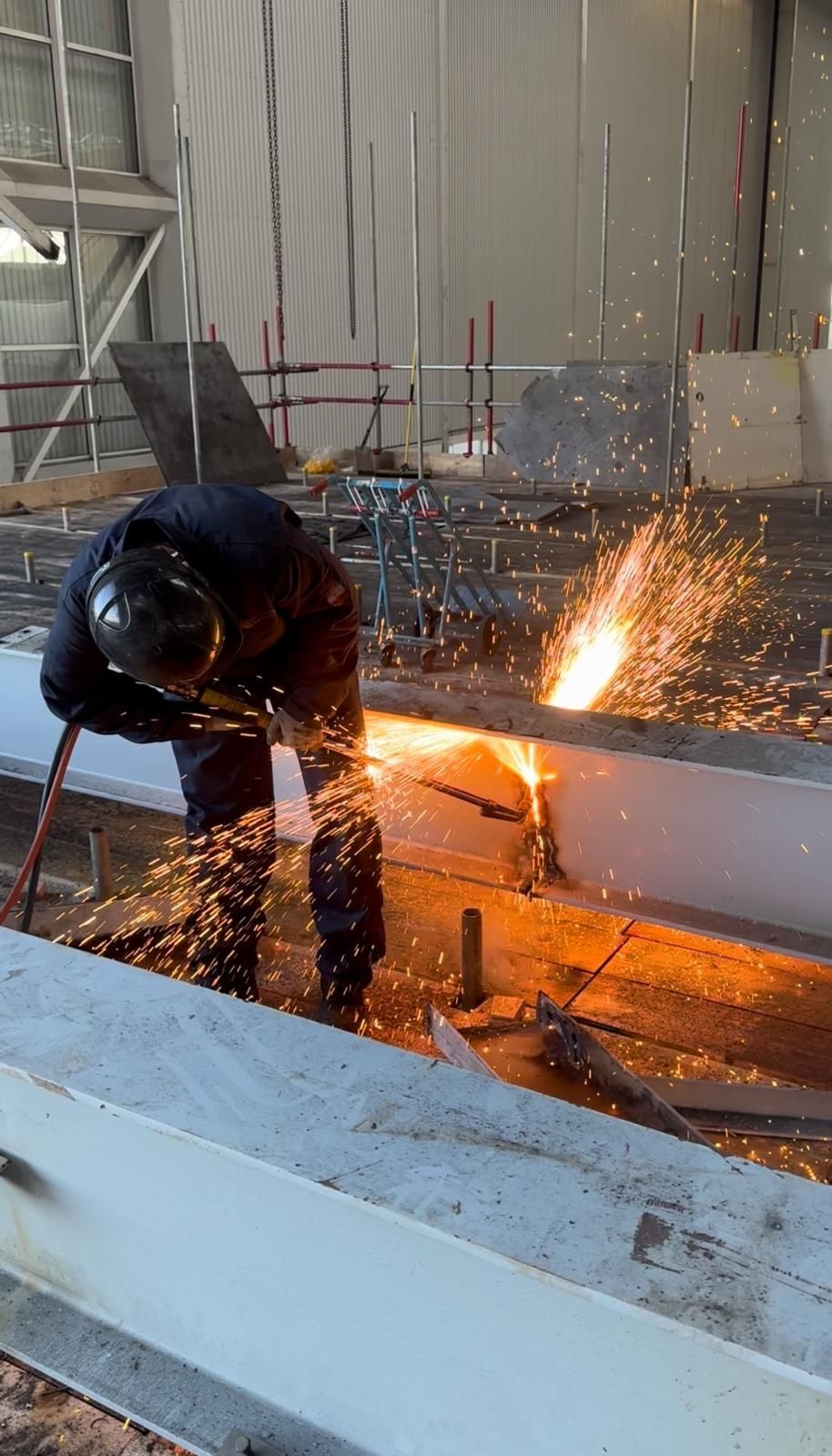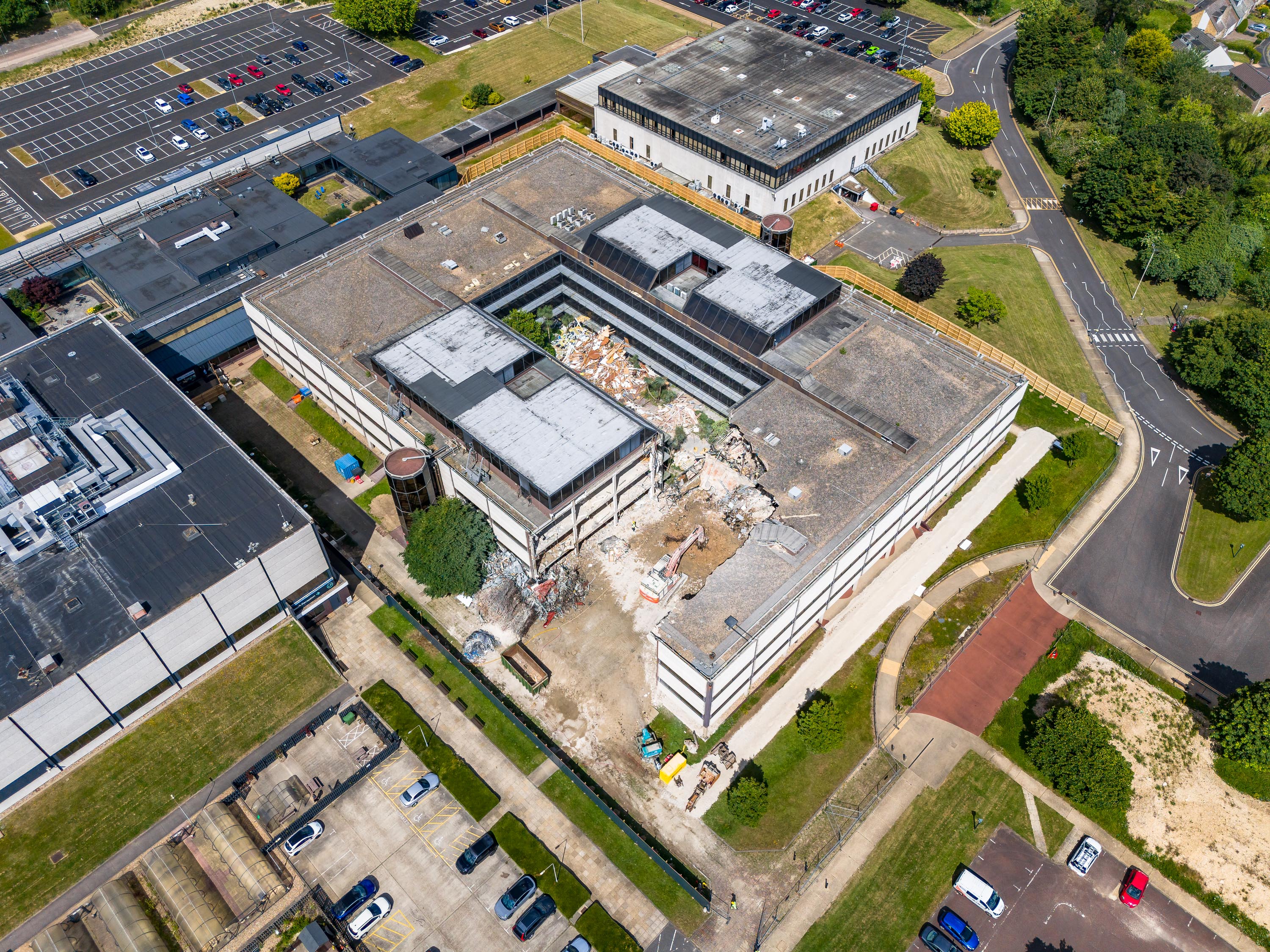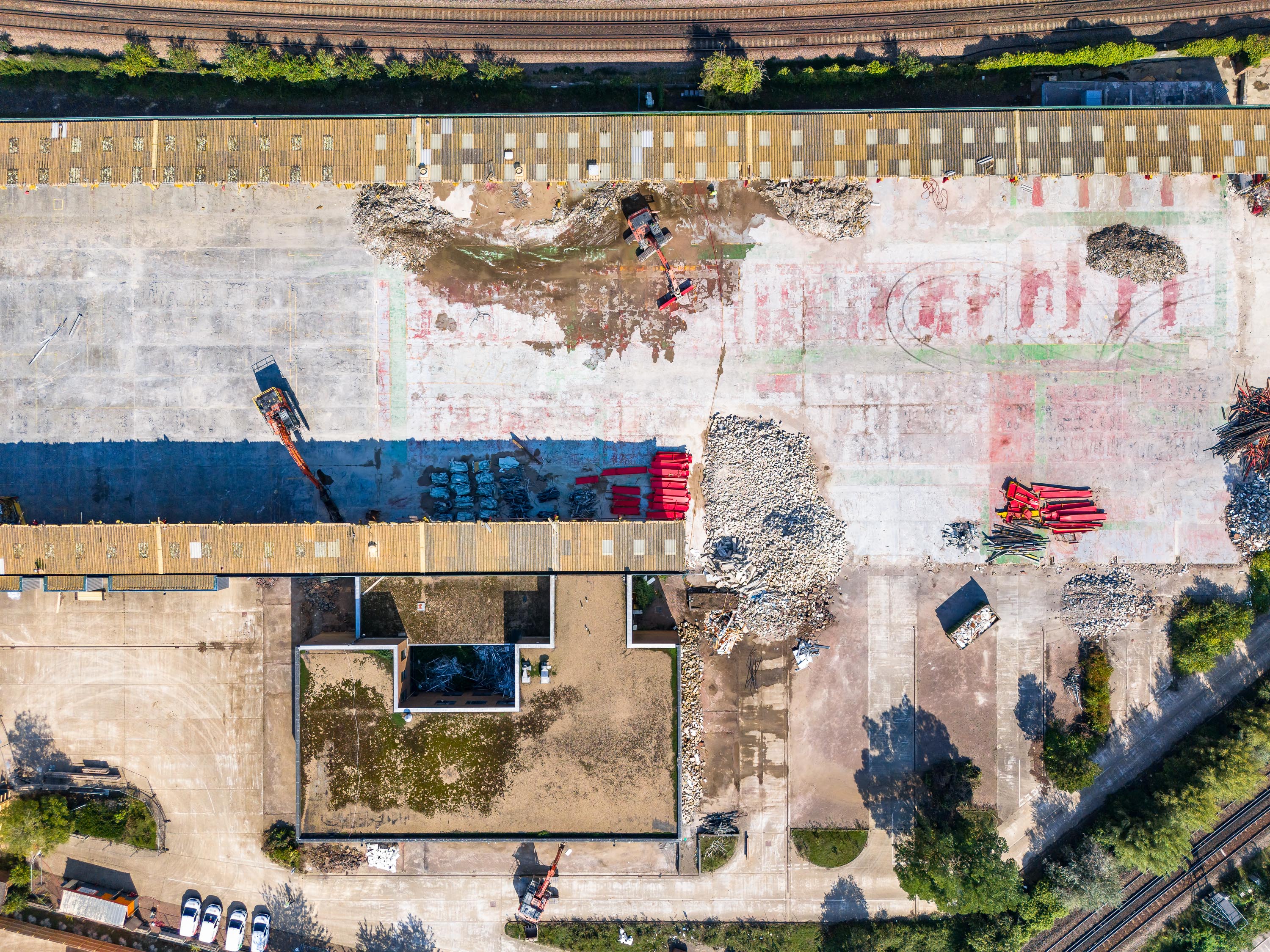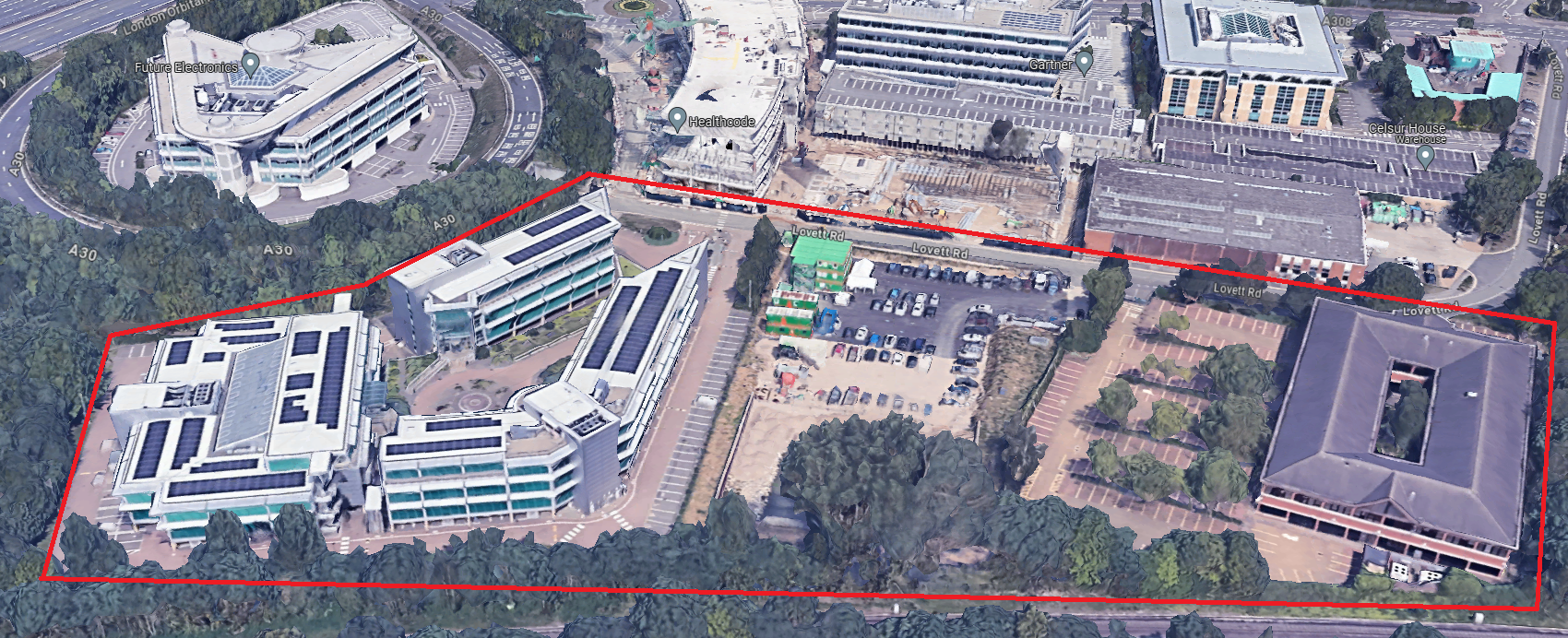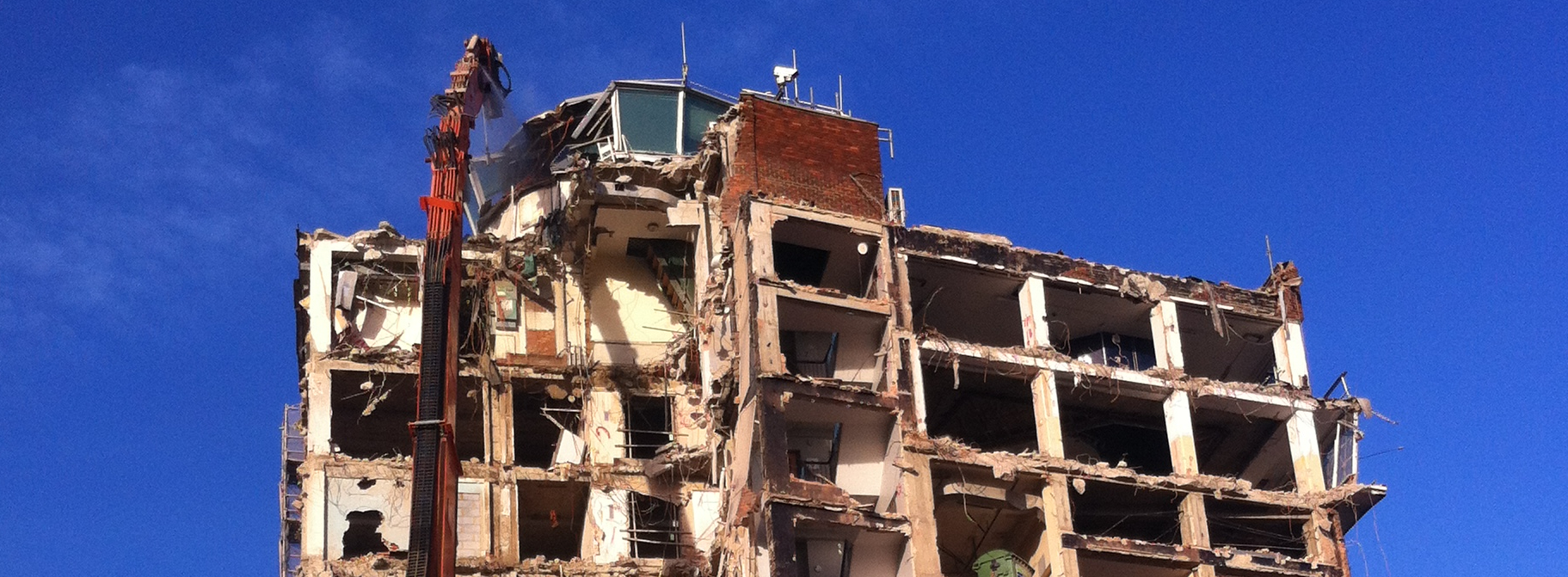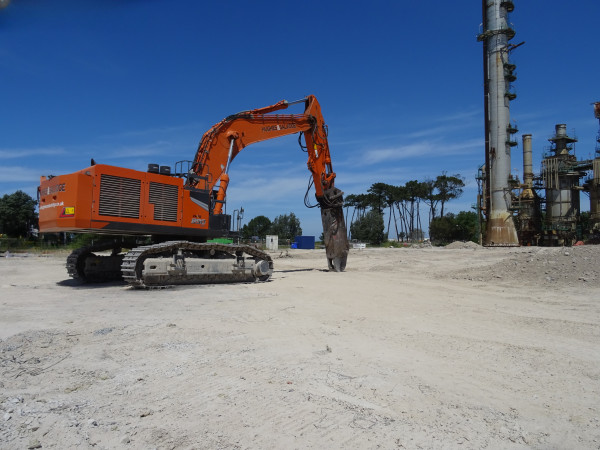BAEW Bay 3 Hangar Reconfiguration – Removal of Fuselage and Tail Docking
Cardiff Airport
Airport Specialist
The Client
The client is British Airways Property Services (BAPS), with the work taking place at Cardiff International Airport. BAPS manages the extensive property portfolio of British Airways, ensuring operational efficiency and optimal use of facilities. From office spaces to maintenance hangars and lounges, BAPS oversees the maintenance, refurbishment, and strategic planning of the airline's infrastructure. The team ensures compliance with regulatory standards, and their expertise in facility management ensures that British Airways' spaces remain functional and modern.
Cardiff International Airport is Wales' primary gateway to the world, offering a range of domestic and international flights. Situated just 12 miles from Cardiff city centre, it connects travellers to popular European destinations and beyond. With a commitment to sustainability, Cardiff Airport continually invests in greener operations, and supports regional tourism and economic growth.
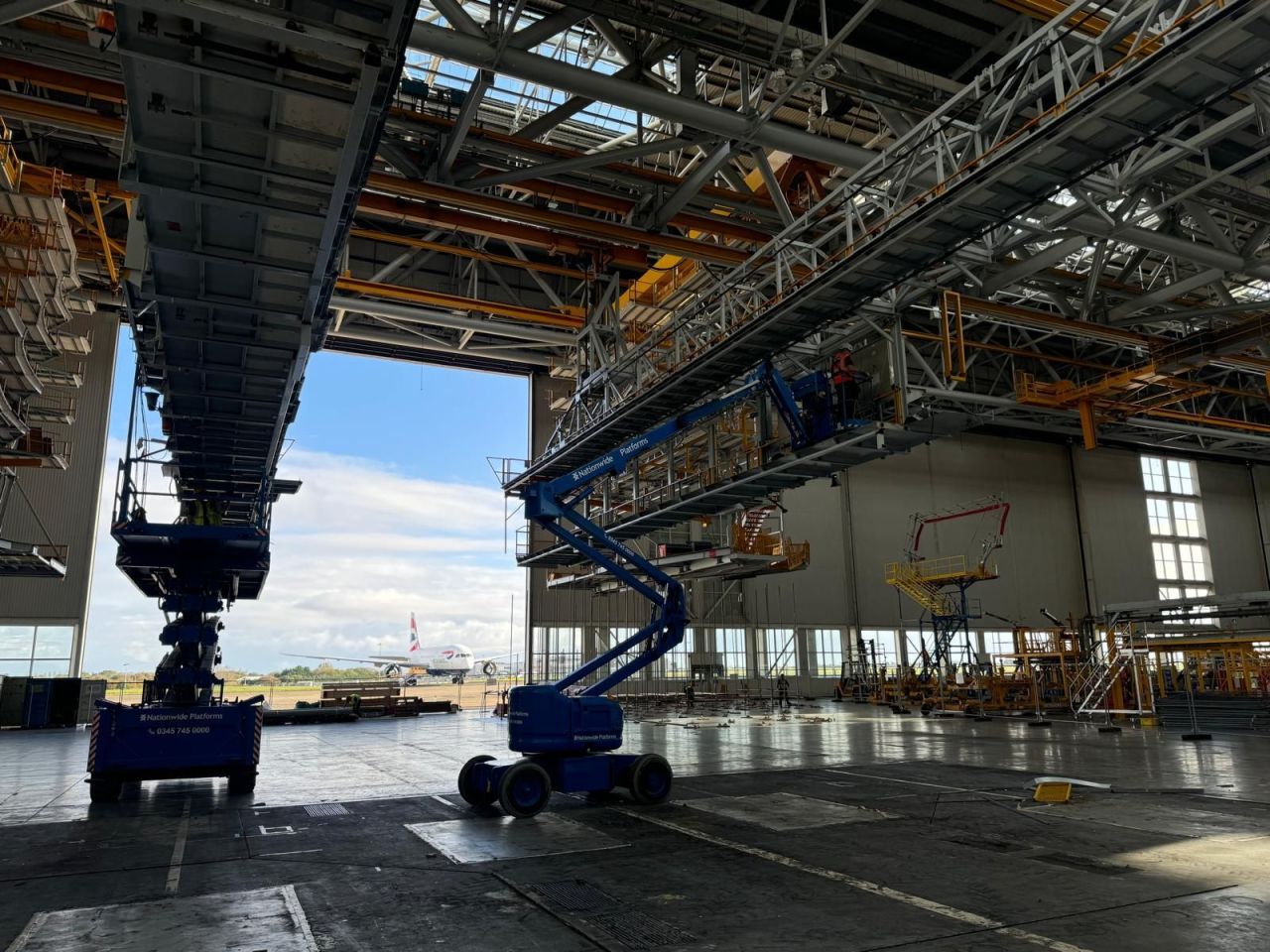
The Requirement
The requirement of this project was to dismantle the fuselage and tail docking framework within BAEW’s Bay 3 at Cardiff International Airport. This included professional lead-in to the project, along with site establishment, drain-down and Control of Substances Hazardous to Health. These dismantling works were required to de-risk further alterations to Bay 3, which are planned for 2026.
Site restrictions included the works taking place within a live hangar, meaning all works had to be heavily coordinated. In addition to that, the works took place within a controlled area which meant that all personnel had to be pre-booked into the site and carry photo ID, with those working on the project full-time being issued with contractor passes. Finally, as the site is not freely accessible, escorts were allocated for vehicular access for deliveries and collections throughout the works.
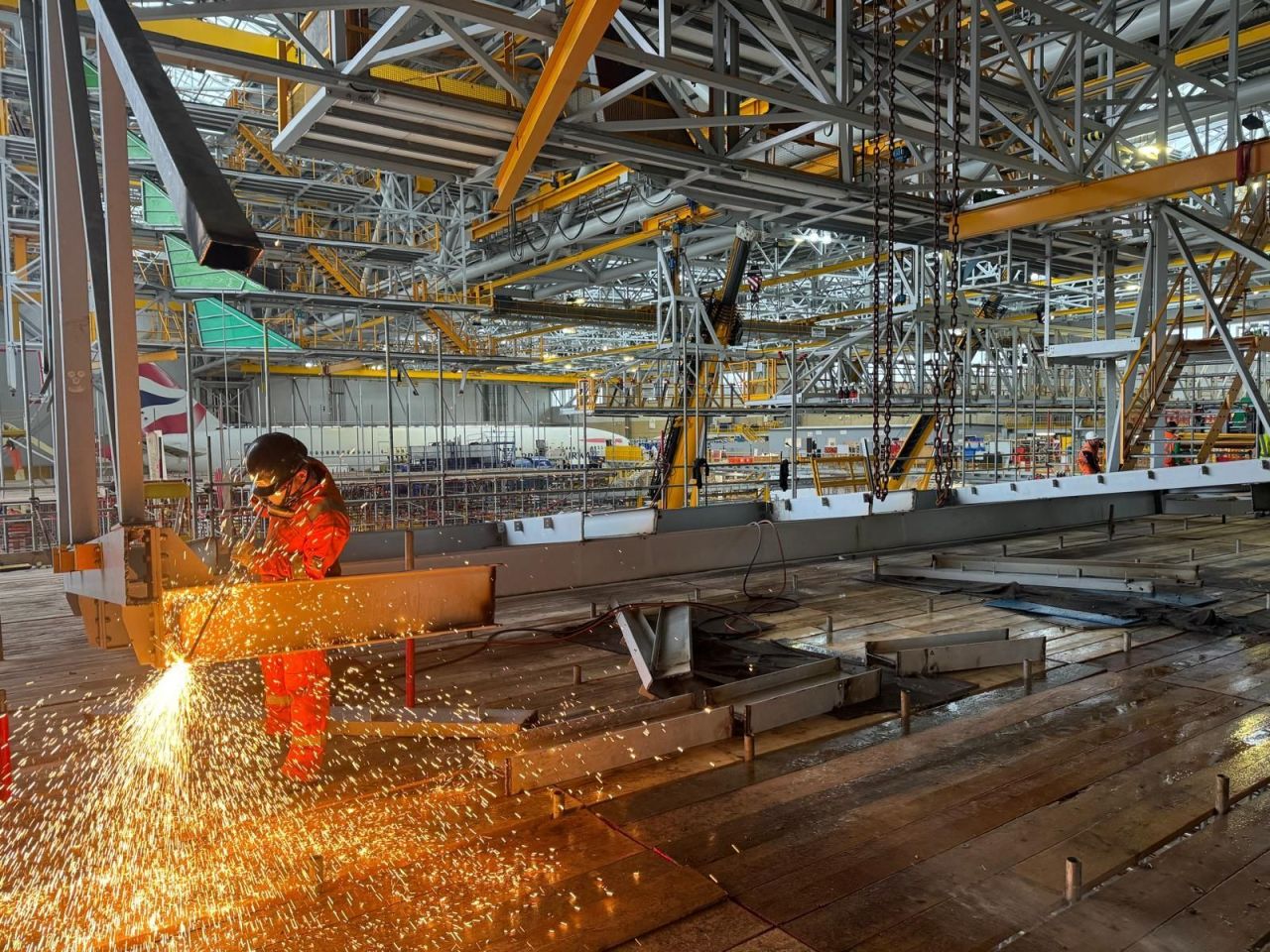
Project Delivery
Control measures
Before commencing this project, we put a range of control measures in place to ensure safety and compliance on site. These included:
- Danger areas were fenced off with Heras fencing to stop unauthorised access.
- The facility has a strict Foreign Object Damage policy, meaning all working areas had to be FOD-free by visual inspection throughout the works with all rubbish/dropped items being removed immediately.
- Lay down areas to be free from obstructions at all times.
- Adequate spill response equipment was in place before the works began.
- Secure site boundary fencing and appropriate warning signage was in place throughout the works.
- Brief daily morning meetings were held between the HSL Site Manager, British Airways staff members and personnel on site, including any sub-contractors, to discuss the day’s proposed activities and ensure good communication is maintained.
- Service drawings and historical data was thoroughly checked for underground voids within the vicinity of the demolition area.
- At the work face, all teams will complete a Take Five Card before commencement of works to ensure any changes are identified.
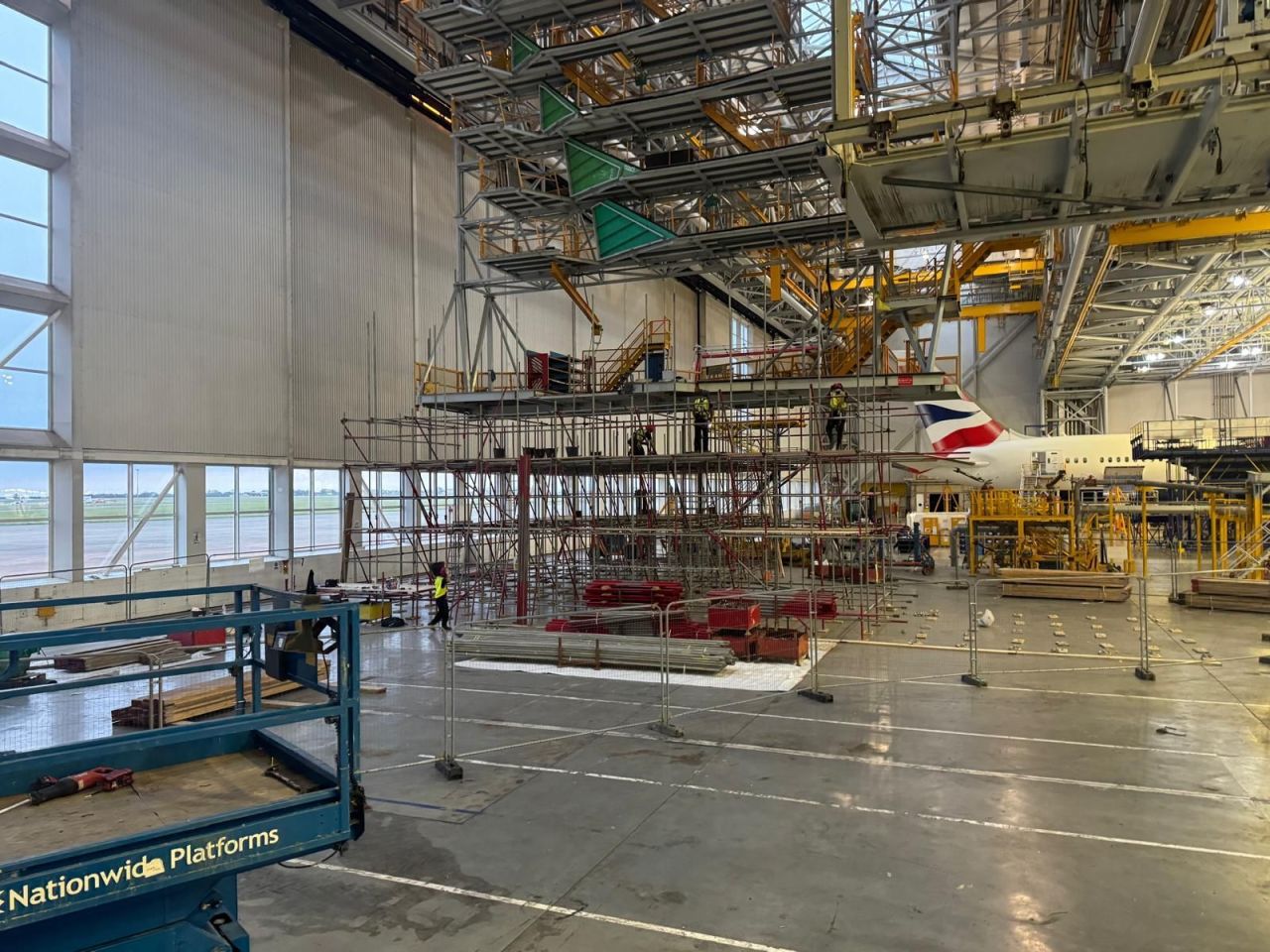
Soft strip
When undertaking the soft stripping of cables and services, we ensured:
- Removals only took place where a known cut end was visible.
- All soft-stripping of service cabling and steelwork was undertaken with hand tools and a 110v reciprocating saw.
- Cables were cut at each end of the sections and removed prior to the removal of fixings or support trays.
- Clips and small brackets were removed using crow/nail bars, with reciprocating saws used for the removal of steel fixings and main supports.
- Cable trays and steelwork runs were dismantled to allow heavy or long lengths to be progressively lowered to floor level, without the need to overreach.
Waste Electrical and Electronic Equipment (WEEE):
WEEE Items were removed from the structure by hand, segregated and palletised. These pallets were shrink wrapped with an inventory recorded and stored in a secure location awaiting disposal.
Fluorescent Light Fittings:
Light fittings were safely removed for segregation and disposal. This was undertaken by hand prior to demolition, with operatives wearing appropriate PPE.
Fuselage and Tail Docking Dismantling
The bottom line of each fuselage dock was removed in piece meal fashion, with operatives using a combination of unbolting and cutting techniques to dismantle the sections for lowering.
Two mobile cranes were then set up, as per the lift plan, with operatives removing all except the top bolted connections ahead of the cranes being instructed to lift to approximately 100% of the anticipated gantry weight. Hot works were then used to facilitate the safe removal of the remaining bolts, with the cranes lowering the gantry once the area was clear of personnel. Once at grade, the gantry was separated into three sections to allow for transportation.
The project was successfully completed in the required timeframes and on budget, with each aspect of the work going to plan.
